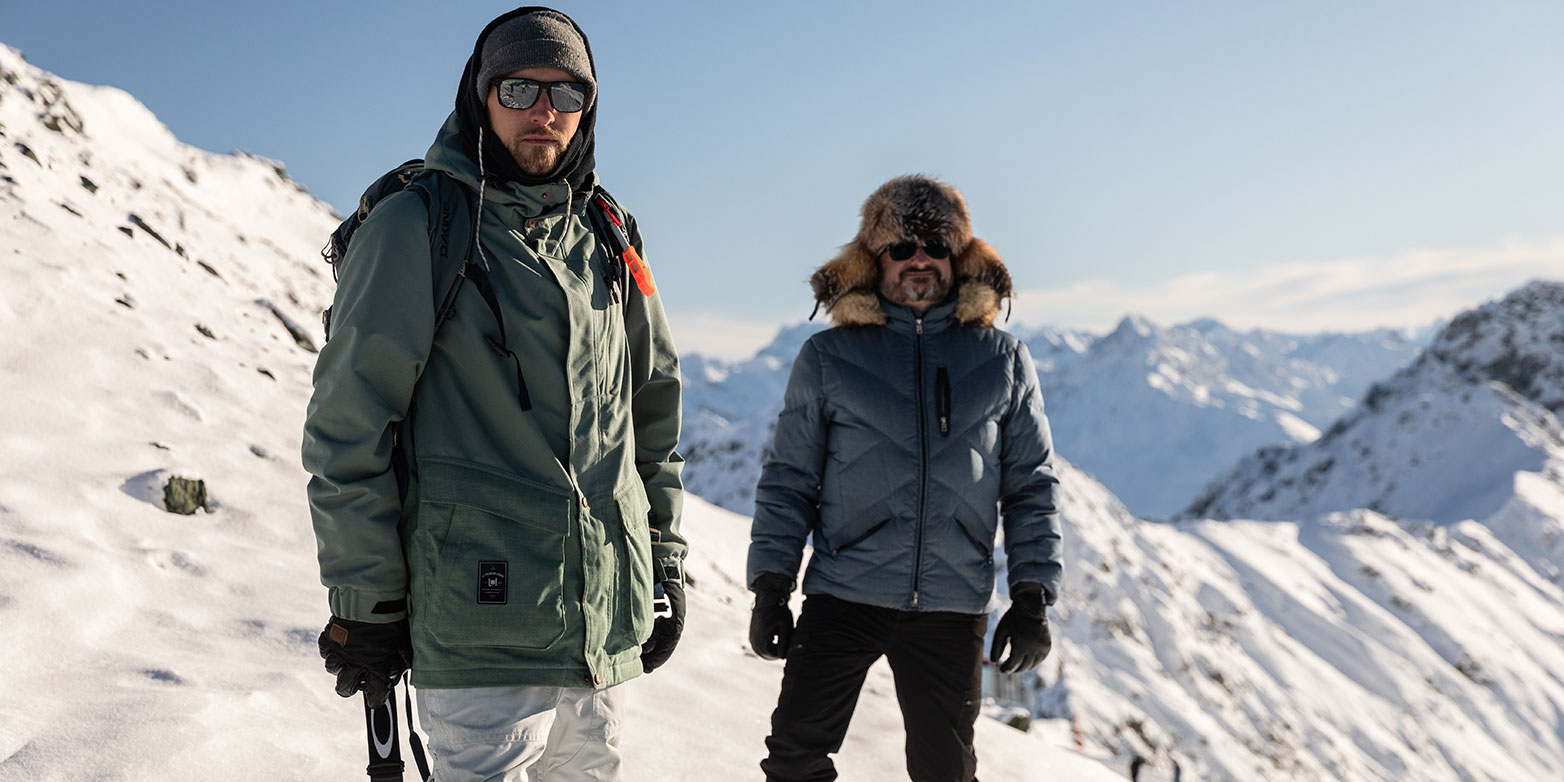The Dyatlov Pass mystery and what a research article can trigger
The slab avalanche modelling that Alexander Puzrin and Johan Gaume, two researchers from ETH and EPFL, used to explain the so-called Dyatlov Pass mystery has triggered a variety of responses around the world. In a follow-up article, the two researchers reflect on the impact of their research findings in science and the media and describe the follow up expeditions to the Dyatlov Pass that supported the slab avalanche theory.

There are scientific articles whose results give rise to discussion not only among researchers, but equally in the media and society: this is exactly what ETH professor Alexander Puzrin, head of the Institute of Geotechnical Engineering at ETH Zurich, and EPFL professor Johan Gaume, head of the Snow and Avalanche Simulation Laboratory (SLAB) and a visiting scientist at the WSL Institute for Snow and Avalanche Research SLF, experienced last year.
In January 2021, they published an article in Communications Earth & Environment, a new journal which is part of the Nature group. In this article, the two researchers were able to use computer simulations and analytical models to present a scientifically plausible explanation for the so-called Dyatlov Pass mystery. Their theoretical model indicated that a rare type of small slab avalanche could have led indirectly to the deaths of nine members of a ski expedition in the Ural Mountains (see ETH News, Jan. 28, 2021).
Assumptions and model confirmed
In January 1959, a ten-member group consisting mostly of students from the Ural Polytechnic Institute, set off on a 14-day expedition to the Gora Otorten mountain in western Siberia amid extremely challenging weather conditions. The expedition met a tragic end: nine members of the group were found dead several days later. The causes were not fully determined. Officially, a "compelling natural force" was stated. The incident has inspired many tales about the students’ deaths, including military experiments, killer Yetis, and extra-terrestrials.
In a follow-up article published today in Nature Communications Earth & Environment, Puzrin and Gaume explore how the scientific community, media from around the world, or even mountain guides from the Urals responded to the research results and media reports. In the article, the scientists delve into the human side of their work. Some of the responses were very different before their theoretical model was finally accepted. In particular, two key aspects of their theory were challenged, namely that the slope at Dyatlov Pass was not steep enough and the conditions weren’t right for an avalanche to be triggered.
Notably, after the Nature article was published, there were three more expeditions to the Dyatlov Pass that, along with independent research by Russian snow and climate scientists, supported the assumptions and the main results of Gaume and Puzrin's slab avalanche modelling. The direct evidence from the Dyatlov Pass area obtained in those expeditions confirms that the region is avalanche-prone and that slopes in this area are steep enough for avalanches to release.
Documentary filmmaker contributed
What is unusual about Puzrin and Gaume’s study is that not only did two mountain guides contribute to the new findings, but also did the investigative journalism of Matteo Born, who directed external page the documentary Il mistero Dyatlov, which was broadcast on the Swiss Italian-language channel RSI. The footage captured by Born with drones was instrumental in proving the researchers’ avalanche theory. The story about the mystery of Dyatlov Pass was featured not only in a documentary film, but also in a external page National Geographic article, which inspired a comic by external page PICTOLINE.
external page In an interview with colleagues from the EPFL Mediacom team, Gaume and Puzrin reflect on the intense press coverage and how it changed their lives. “ For me personally, this whole experience has been about standing up for the scientific method as a valuable, reliable way of explaining natural phenomena, “ Alexander Puzrin says in the interview.
Readers are also invited to listen to the researchers themselves: In the October 2021 ETH podcast, Alexander Puzrin and Johan Gaume tell us why they got interested in the incidentand what happened after they published their findings.
References
Gaume J, Puzrin A. Mechanisms of slab avalanche release and impact in the Dyatlov Pass incident in 1959. Communications Earth and Environment. 28. Januar 2021. DOI: external page 10.1038/s43247-?020-00081-8
Puzrin A, Gaume J. Post-publication careers: follow-up expeditions reveal avalanches at Dyatlov Pass. Communications Earth & Environment, 24. M?rz 2022. DOI: external page 10.1038/s43247-022-00393-x